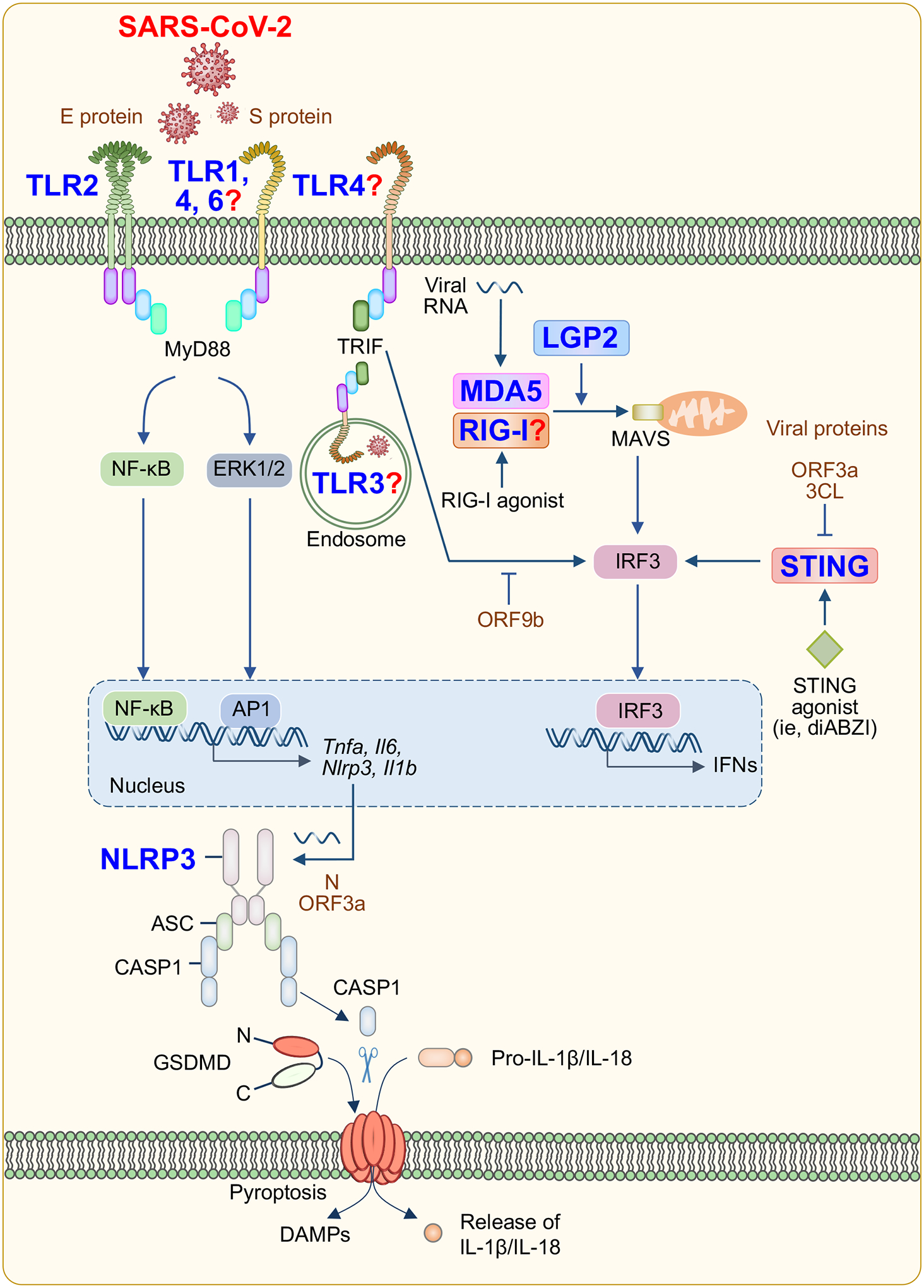Figure 3. Putative activation of PRR signaling during SARS-CoV-2 infection based on current data.

Pattern recognition receptors (PRRs) on the cell surface and endosomal membranes and in the cytosol may respond to SARS-CoV-2 pathogen-associated molecular patterns (PAMPs) to activate innate immune signaling pathways. Toll-like receptors (TLRs) 1, 2, 4 and 6 can signal through MyD88 to activate the NF-κB and MAPK signaling pathways to induce the transcription of pro-inflammatory cytokines and other sensors. TLR3 and 4 can signal through TRIF to activate IRF3 and induce the expression of type I and type III IFNs. Strong experimental evidence supports SARS-CoV-2–mediated activation of TLR2, while activation of TLR1, 3, 4 and 6 has been suggested bioinformatically and through associative studies. Signaling through RIG-I, MDA5 and STING also activates IRF3 and type I and type III IFN production. Data regarding the activation of RIG-I during SARS-CoV-2 infection remain mixed. NLRP3 inflammasome formation also can occur in response to SARS-CoV-2 infection, leading to cleavage of gasdermin D (GSDMD) to form membrane pores and release IL-1β and IL-18 and induce pyroptosis. Red question marks indicate sensors that are expected to be involved in SARS-CoV-2 sensing but that have not been experimentally validated to date.
